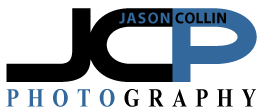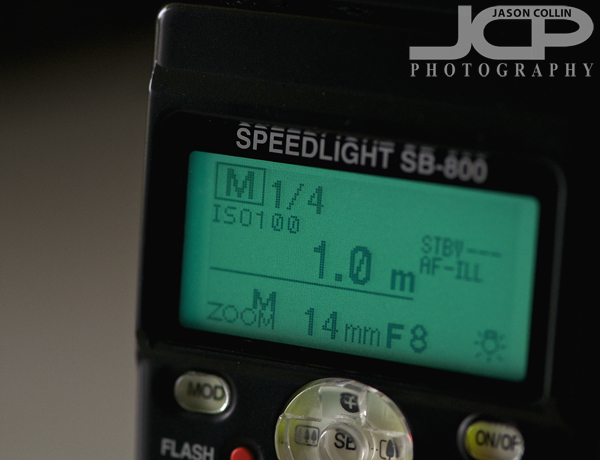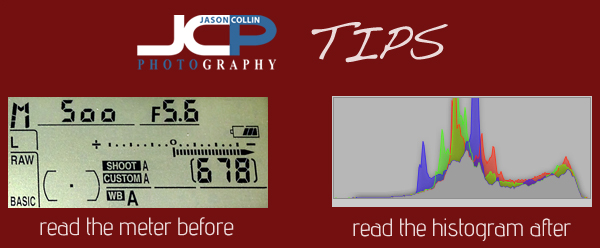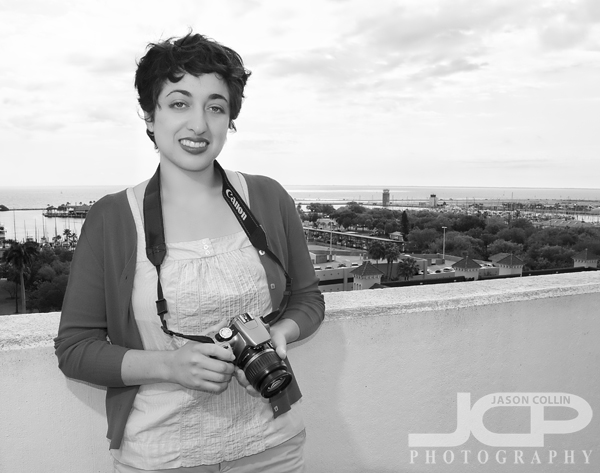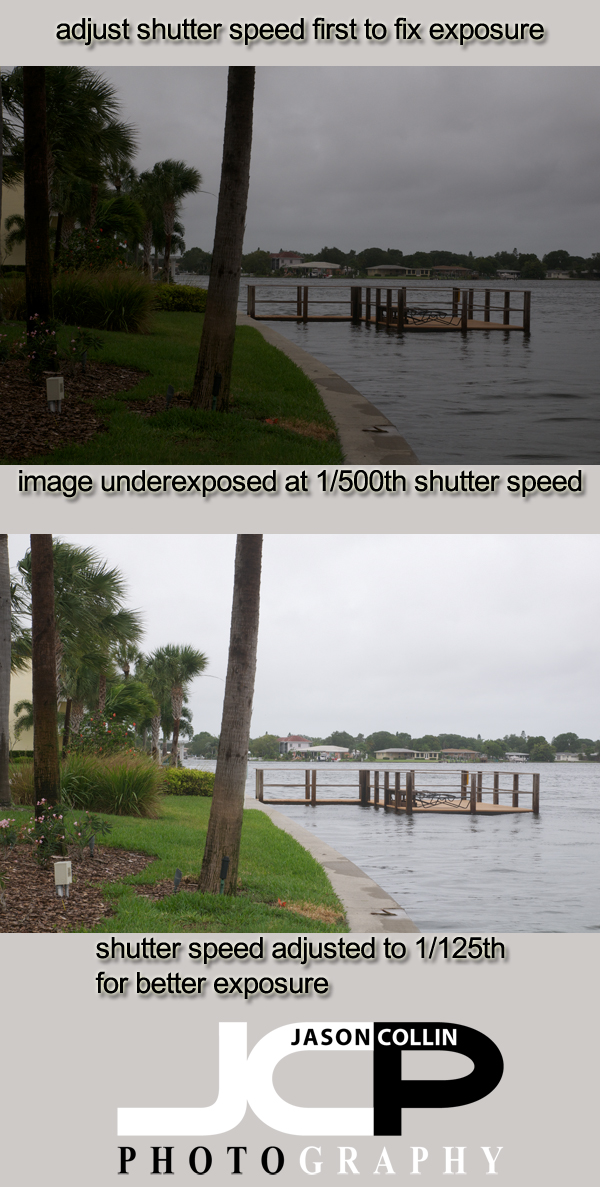
If you are photographing a still subject, you should be shooting in manual mode with your DSLR (if you do not know how, I offer 1-on-1 photography lessons that will). Therefore, you have an aperture you want to shoot at in order to get the best DoF for your subject. So if your initial shot does not have the exposure you want (underexposed or overexposed), then you should adjust shutter speed first in order to fix the exposure, not aperture or ISO.
In my example photographs above, both images are straight out of the camera at the exact same settings, save for the shutter speeds. At 1/500th the image is underexposed, which is not surprising since at default daylight settings I only recommend 1/320th as a max shutter speed and today is very overcast with a tropical storm passing by (note the dock is almost underwater!).
I did not change my aperture as I want to maintain the DoF f/11 offers, and I did not adjust the ISO as I kept that set at the lowest in order to maintain the best image quality. On pretty much every DSLR, even if it has only one dial on the camera body, in manual mode that dial defaults to shutter speed for a reason...because you change shutter speed the most often. In the photo of the dock, I adjusted the shutter speed from 1/500th to 1/125th to get the exposure I wanted, leaving all other settings the same.
So remember when shooting still subjects in manual mode, adjust the shutter speed first in order to fix any exposure problems.
